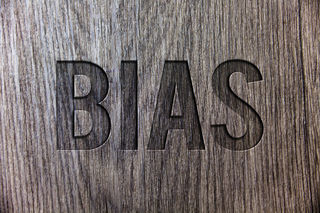Old Habits Die Hard
Will tackling implicit bias really prevent prejudiced behavior?
By Abigail Fagan published December 10, 2019 - last reviewed on January 7, 2020

Conventional wisdom in psychology holds that if you change implicit bias—unconscious positive and negative perceptions about groups and categories—behavioral change should follow. But a new review upends that idea.
A team of researchers assessed nearly 500 studies involving 87,000 participants. They found that experimental tasks could slightly shift measures of implicit biases over the short term in many contexts, such as biases against certain racial groups. Self-reported attitudes and prejudices could also be altered in experimental settings, though to a lesser degree. The changes to real-world behavior, however, were trivial.
What’s more, changes in implicit bias did not appear to prompt changes in explicit attitudes or behavior. For example, participants may show decreases in how easily they associate negative words with another race, a measure of implicit bias. They may also, under certain conditions, begin to sit closer to someone of that race. But the two changes appeared to be independent of each other.
“I was incredibly surprised,” says Calvin Lai, an author of the study and a psychologist at Washington University in St. Louis. “There have been all of these efforts to change implicit bias, but, so far, none seem to change behavior.”
One reason for the disconnect may be that implicit bias does not influence behavior as directly as previously thought. It could also be that measures of behavior are too imprecise and could be picking up factors besides bias, Lai says. Regardless, organizations can still implement policies to prevent people from acting on their biases. For instance, hiring managers can review applications without candidate names, relying instead on predetermined criteria. This limits the possibility of bias—of any kind—influencing decisions.
